For Ariana Ross, like the lyrics of the Carole King song, life has been a tapestry. Both shades of meaning word apply — a heavy cloth with designs or pictures woven into it and something comprised of different elements, people or colors.
“My mother is a musician and piano teacher, and my father was a lawyer,” Ross said. “My grandmother told stories about everything, and my grandfather was a visual artist and businessman. I was encouraged to be a director on Broadway.”
Instead, Ross listened to another voice – that of a friend who told her she would “be good with kids” — and became a storyteller. “I love writing my own stories and performing,” Ross said.
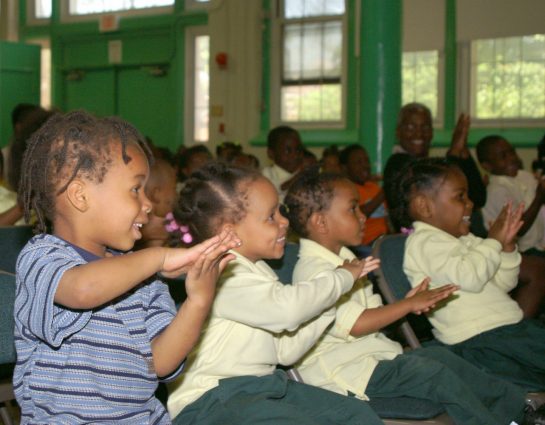
She also conceived of an organization that would connect artists of various disciplines, educators, business leaders and community members to bring the visual, performing and literary arts into the community to strengthen both communities and individuals — through integrating the power of dance, storytelling, theater, music and visual arts.
It seems fitting that Ross, its founding executive director, called the organization Story Tapestries. The Germantown-based group, which was established in 2008 and has obtained 501(c)(3) nonprofit status, presents performances, workshops and residencies for adults and children in a variety of venues — including theaters, colleges, schools, libraries, jails and community centers. “We put performance artists in spaces where the public can have access, such as in schools that aren’t [financially] well supported,” said board member Denise Frederick. “These might be slam poets, playwrights or others.”
Twenty percent of Story Tapestries’ offerings are one-time “spark” programs and performances intended to inspire and motivate audiences to engage in the arts and attend other performances or workshops. The remainder are “intensive,” in-depth arts experiences that foster collaborations and help participants gain confidence in presenting their ideas via performance or display.
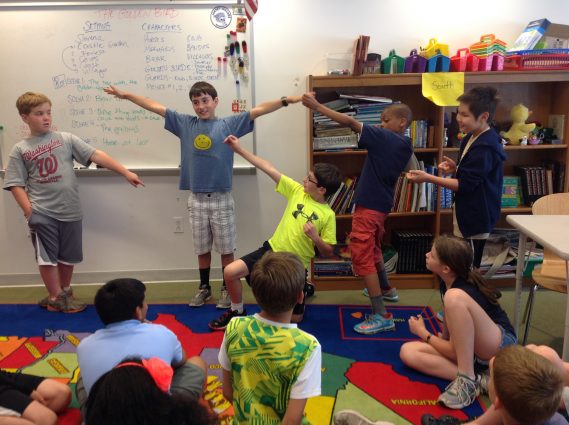
Story Tapestries achieved a major milestone this past year when it was named “One of the Best Nonprofits” by the Catalogue for Philanthropy after a “competitive vetting process,” said Ross.
“Being in the catalogue is like the Good Housekeeping Seal of Approval for nonprofits,” added Frederick.
Artist, arts educator and arts-integration specialist Katrina Zimmerman is among the individuals that partner with Story Tapestries. She met Ross through Young Audiences of Maryland, when she was a performing artist at Zimmerman’s school.
It was then the artist learned of the nonprofit Ross was beginning. “Jessup, my school, was one of the first schools to receive funding from Story Partnerships, and so a partnership was begun,” said Zimmerman. “Our partnership fulfilled one of Story Tapestries’ goals: to provide the framework so partners can continue using the skills [developed] on their own. Jessup still partners with story Tapestries and hosts residencies even though I moved to the Eastern Shore two years ago. Arianna uses art to create community.”
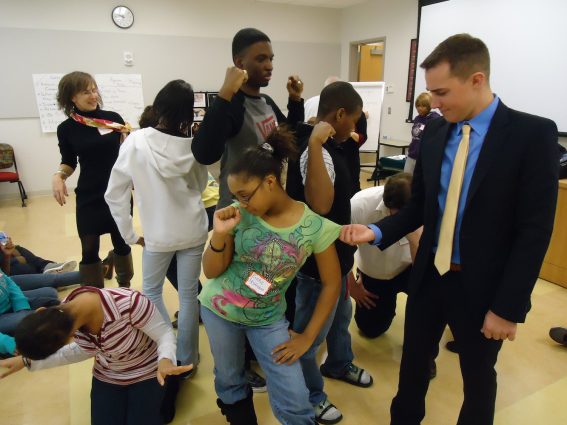
Through residencies, Story Tapestries created “some truly powerful connections” for the teachers and students of her previous school, Zimmerman said. “I have seen quiet, withdrawn students blossom when performing their stories … One of our students was wheelchair-bound, and I got to see the power of the arts in transforming children firsthand.”
Another artist who works with Story Tapestries is Regie Cabico, a poet who, like Ross, started on a different professional path. “I never thought I’d be a poet. I wanted to be a musical theater actor,” Cabico said. This was the early-1990s, and the poetry slam was just beginning at the Nuyorican Poets Cafe. When I realized I wasn’t ‘Asian’ [he is Filipino] enough for casting directors, I did not want to pursue acting. Instead, I began to perform at open mics.” Now a politically-edged poet, Cabico uses his work to express the message of 18 Million Rising, an organization that brings disparate Asian American communities together.
His association with Story Tapestries began when both he and Ross were teaching artists at The Kennedy Center for the Performing Arts. Ross saw him lead a short workshop on performance, Cabico said. “I love teaching poetry, writing and performance, with the poetry slam — which is political theater — as a culminating performance. Through Story Tapestries, I get to teach what I’m a pioneer in: the art of performance poetry without music, costumes or props.”
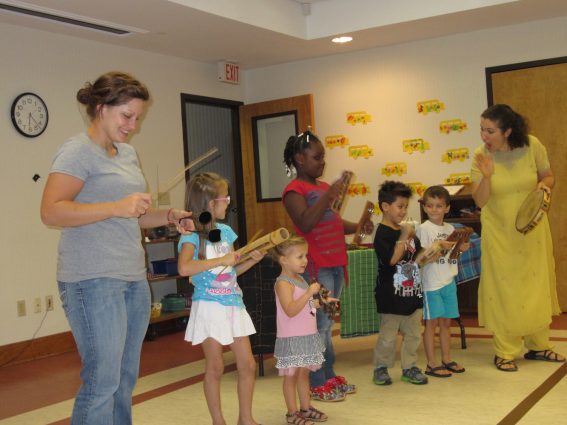
Cabico hosted and performed in Story Tapestries’ “Amplify Us,” a series of workshops that gathered an intergenerational group of storytellers, poets and musicians to explore what home and race mean today. “At one session, a student at Montgomery Village Middle School wrote a poem of disconnection in the time of technology,” he recalled. “She was poignant and had elements of humor to get her point across.”
Recently, Amplify Us held its finale at the Mansion at Strathmore. For Denise Frederick, a highlight was the story shared by an 85-year-old man who had been a chauffeur to Dr. Martin Luther King, Jr. “He told only a fraction of his many stories,” she said. “Story Tapestries wants to showcase the stories of people living in the community.”
Story Tapestries frequently works with schools. A partnership with Montgomery Community Media, Montgomery County Public Libraries and Friends of the Library of Montgomery County provided Montgomery Village Middle School sixth-graders with a year-long program exploring the performing, literary and multimedia arts. Its goal was to “expand students’ critical thinking and creative problem-solving skills, enhance their social-emotional development and further their leadership skills,” said Dina Goldman, innovation and partnership director. The program had an after-school component, artist-in-residency, field trips, family engagement nights and guest workshops.
“The students’ writing was compiled into an anthology published by Friends of the Library of Montgomery County,” said Goldman. “Story Tapestries worked with the students to create two 10-minute plays devised from only the students’ own writing and discussions, and to create a video of their work with Montgomery Community Media.”
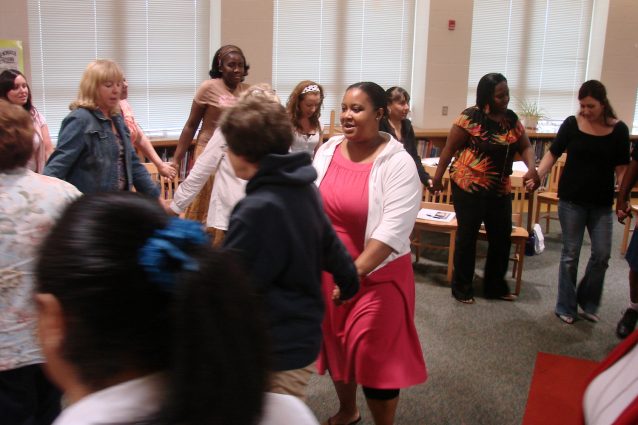
In the fall, Story Tapestries will partner with Family Learning Solutions and NAMI (National Alliance on Mental Illness) Montgomery County to begin implementing a three-year program at Neelsville Middle School. Its goal is to build a stronger school community, a more positive perception about the school and help incoming sixth-graders transition to middle school through social and emotional skill development and arts integration in their curriculum.
Both school projects are funded through the Jim and Carol Trawick Foundation, said Goldman.
“There are many people in Montgomery County who believe in the power of the arts and how they can change the culture of a community,” Ross said. “The arts are like the keystone in a bridge.”
For information on Story Tapestries, visit storytapestries.org or call 301-916-6328.